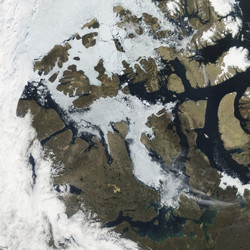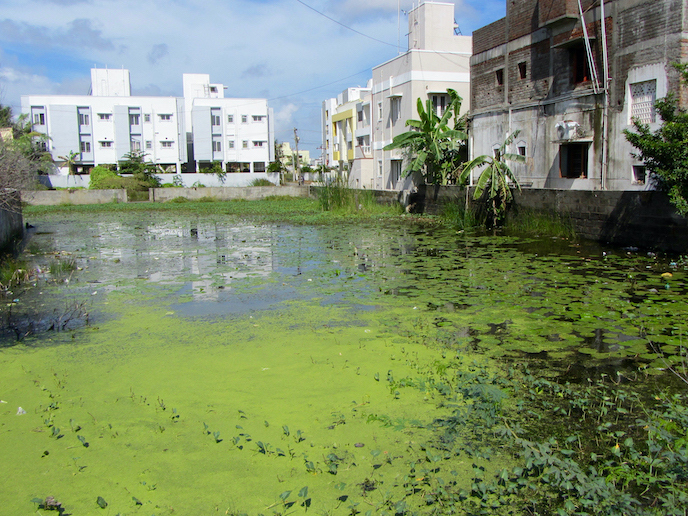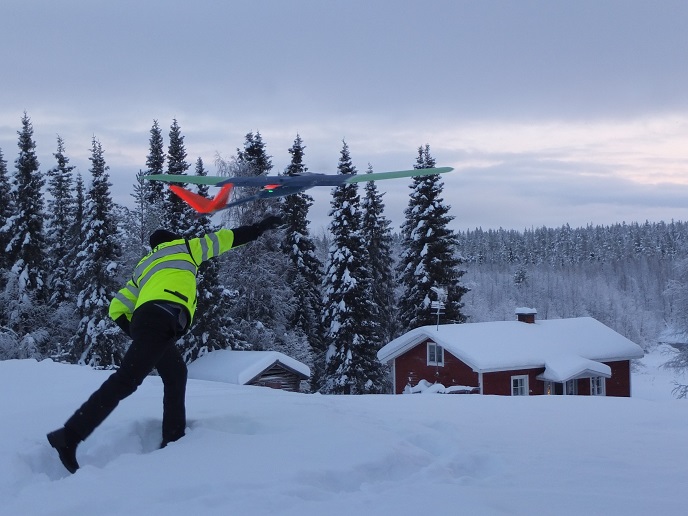The history of the Northwest Passage
The Northwest passage is the sea route in the Arctic Ocean that connects the north Atlantic and Pacific Oceans. The Northwest Passage plays an important part in many global environmental systems (oceanic, atmospheric, biological, etc.), but the geological history is not well known. The EU-funded research initiative QUEEN (The quaternary environmental evolution of the Northwest-Passage) looked at geological records in the sediments of the Northwest Passage to better understand the history of this important area. QUEEN analysed the biology, chemistry and geology of sedimentary cores collected over 8 500 km of the Northwest Passage by the Geological Survey of Canada. This study provided a wealth of new information on the history of the region. Researchers found evidence for an ice shelf as seen in modern-day Antarctica, which likely lasted until around 9 000 years ago. The research also showed that oceans moved in to replace the ice shelf, evidenced by increased organic matter and fossilised marine life. The project also used various materials within the samples to calibrate common dating methods and biomarkers used in the field of geochemistry. Taken together, project findings provide a wealth of new information for scientists trying to understand global environmental histories.







